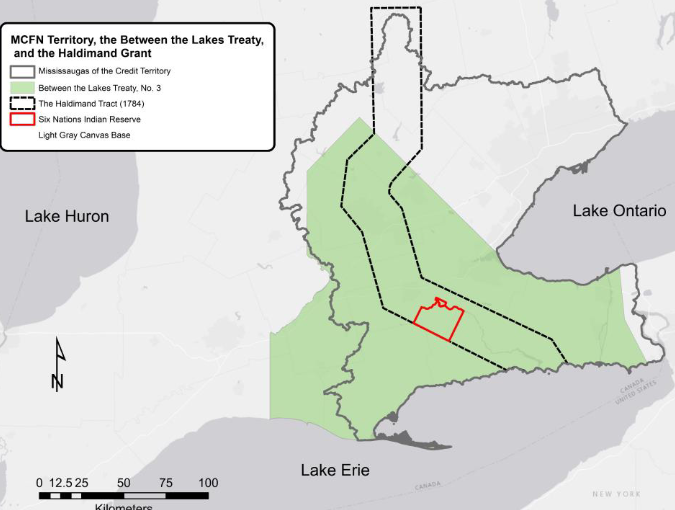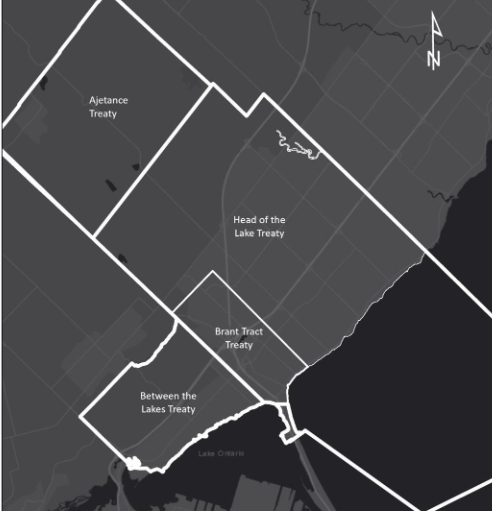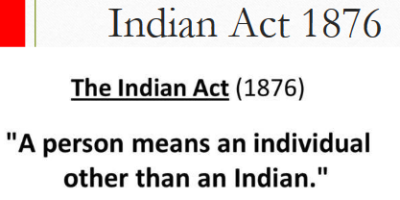 By Pepper Parr
By Pepper Parr
February 15th, 2022
BURLINGTON, ON
Monday afternoon City Council held an Indigenous education workshop. It was, unfortunately not widely promoted by members of Council or the city’s communications department. Unfortunate.
The name Joseph Brant is well recognized; his role in the development of the land that was territory the Indigenous people lived on is not that well understood.
They own precious little of that land today. The workshop is about how that came to be.

The Mississauga of the Credit First Nation lay claim to a large area; the part known as the Haldimand Tract is tightly tied to Joseph Brant.

Over time land was taken from the Indigenous community through different treaties.
There were two main speakers who had a lot to say. You might want to listen to:
Darin Wybenga, Acting Director and Traditional Knowledge and Land Use Coordinator, Mississauga of the Credit First Nation, who spoke on; “Mississauga of the Credit First Nation – We are Still Here.”
Indeed they are

There was a time when the majority of people living in what is Canada today believed what the Indian Act said.
Following Darin Wybenga is Bryant Peters, College Instructor at Fleming College and Executive Consultant from the Sandy Bay Ojibway First Nation, who spoke about the: Indian Act – What Can We Do?
It looked at one point if Peters was going to read every section of the Indian Act – a very repressive piece of legislation that is still in place.
Both speakers made extensive use of visuals and maps.
It should be well worth your time to spend some time listening to what was said. We will have more to tell you about this Workshop later in the week.
Burlington, like most local governments, now reads a land acknowledgement before each meeting.
If Darin Wybenga is correct, and he probably is, our reference to the Bowl with one spoon wampum is incorrect. Look for Council to correct that error.

Wampum belts were used as signatories to commemorate and, to some degree, legitimize an event.
The biggest lesson this writer learned was the significant difference between what the Indigenous people thought when they were signing a land treaty and the view the British had.
The British believed they were acquiring land which they described and defined in the treaties; the Indigenous people believed they were agreeing to share the land.
They were either not able to or didn’t know how to get that language into the treaties.
As a result they are left with bits and pieces of the land they inhabited. The 4 million acres they started with was whittled down to 200 acres.
And we wonder why they are angry.















Hi Pepper. Thank you for filing this story. I thought this was a workshop for city council only and not the general public. I definitely would have sat in on this 🙁 It really is apparent, when the penny drops, how and why the indigenous community are resentful. Pepper, if you get wind of any other presentations, I would love to know about them. Thank you 🙂